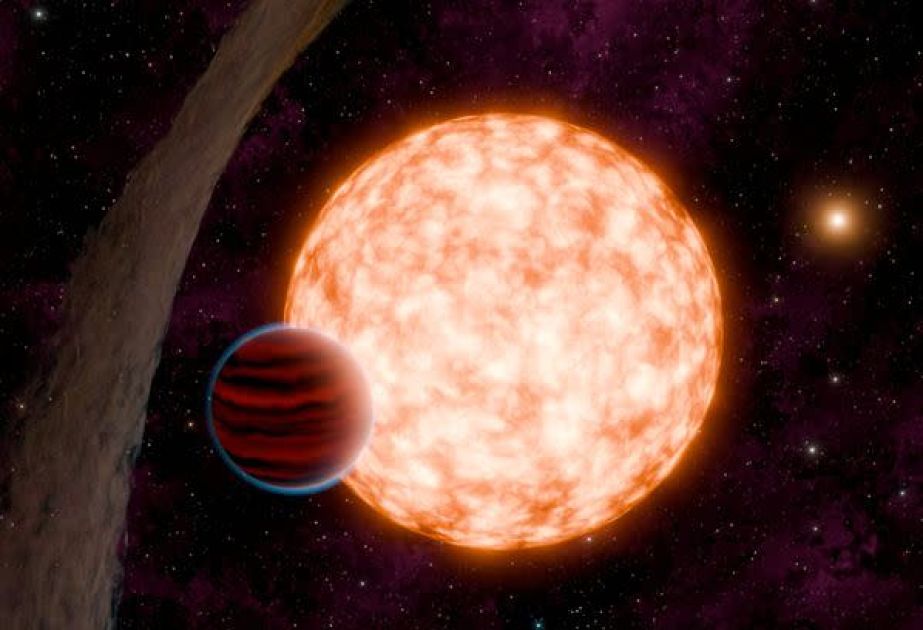Astronomers discover a rapidly forming alien planet

By Alimat Aliyeva
In a discovery that challenges current understanding of the rate of planet formation, astronomers say it takes a newborn planet just 3 million years to form around a young star, Azernews reports.
This "baby" planet, whose mass is about 10-20 times that of Earth, is one of the youngest celestial bodies outside our Solar System, known as exoplanets. It is located next to the remnants of a dense disk of gas and dust orbiting its parent star, called the protoplanetary disk, which provides the ingredients for planet formation.
The star orbiting it is expected to be an orange dwarf-type star, which is less hot and less massive than the Sun. The star's mass is about 70 percent of the Sun's mass. The alien planet is located about 520 light-years from Earth in our Milky Way galaxy. A light-year is the distance light travels in one year, which is approximately 9.5 trillion kilometers.
Astronomers say this discovery confirms that planets could form in just 3 million years. Previously, it was believed that the formation of Earth took between 10-20 million years, and the process was not fully understood. On the other hand, giant planets form faster than the collapse of the disk because they require a lot of gas from the disk. However, it takes 5-10 million years for the disks to decay.
The planet, named "IRAS 04125+2902 b" and "TIDYE-1b," orbits its star every 8.8 days at a distance about one-fifth of the distance between Mercury, the innermost planet in our solar system, and the Sun. Its mass is between that of Earth, the largest of the rocky planets in our solar system, and Neptune, the smallest of the gas giants. The alien planet is less dense than Earth and about 11 times its diameter. Its chemical composition remains unknown.
The researchers suspect that the planet formed further from its star and later migrated inward. Using a technique called "transit," they recorded a drop in the brightness of the parent star as it passed in front of the planet from the point of view of an observer on Earth.
This discovery was made by NASA's Transiting Exoplanet Survey Satellite (TESS) Space Telescope.
Here we are to serve you with news right now. It does not cost much, but worth your attention.
Choose to support open, independent, quality journalism and subscribe on a monthly basis.
By subscribing to our online newspaper, you can have full digital access to all news, analysis, and much more.
You can also follow AzerNEWS on Twitter @AzerNewsAz or Facebook @AzerNewsNewspaper
Thank you!
